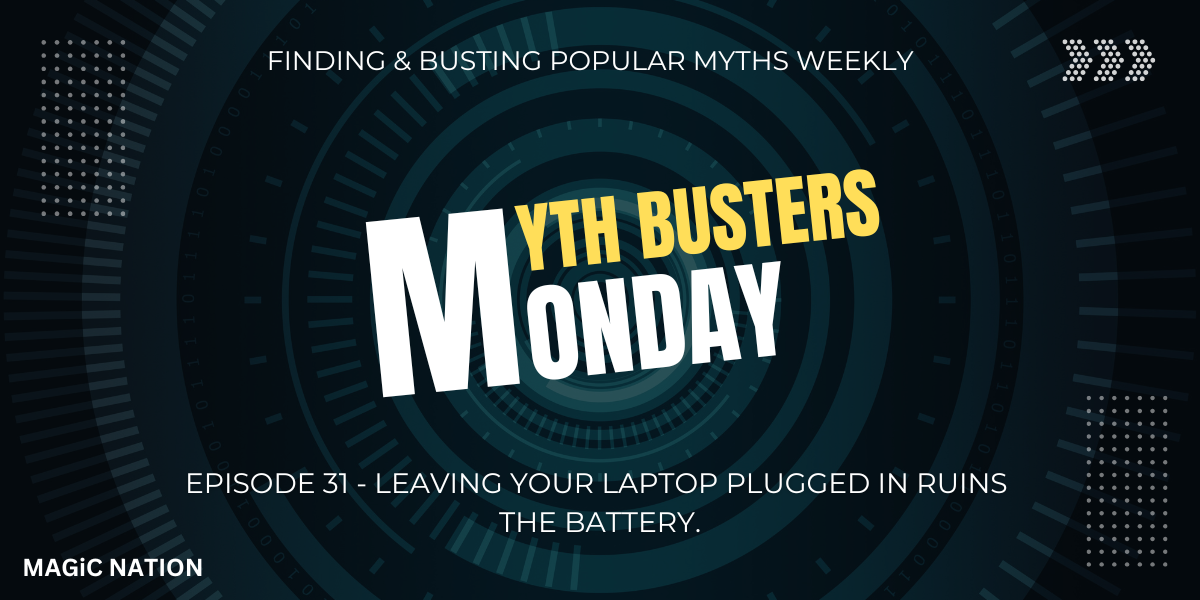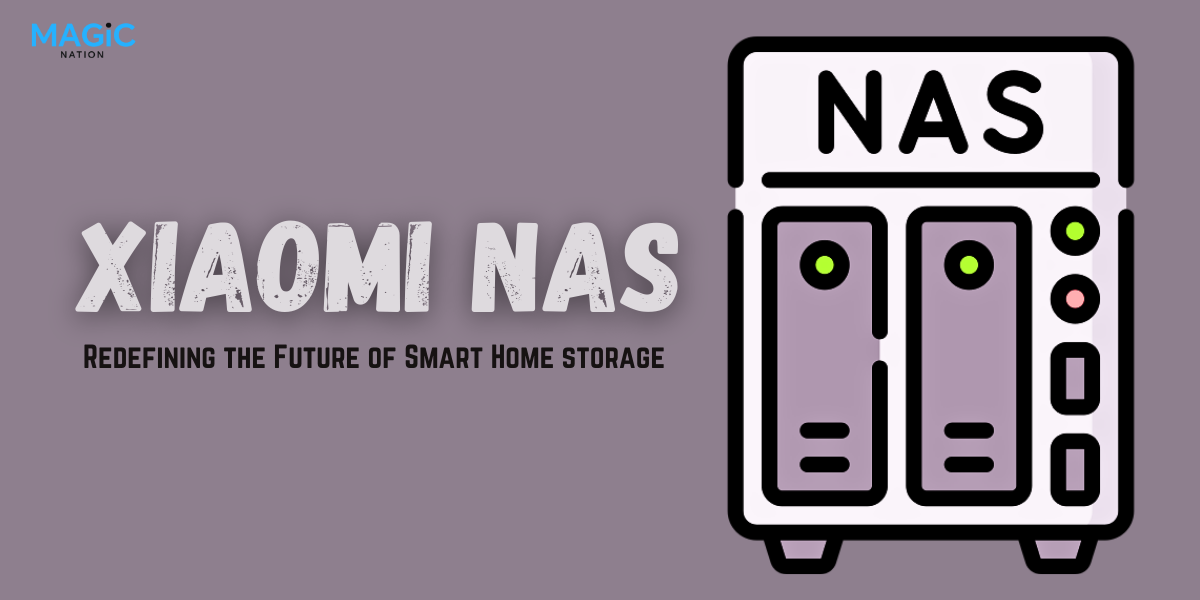 Hey Explorers, What's up?
Hey Explorers, What's up?In today’s fast-paced digital world, the need for data storage has never been more critical. We generate and consume enormous amounts of data every day—from photos, videos, and music to business files and personal documents. This constant flow of information demands efficient, reliable, and accessible storage solutions. Over the decades, data storage technology has undergone an incredible transformation, evolving from physical media like floppy disks to modern cloud-based systems. Let’s take a journey through this evolution, exploring how data storage has changed the way we manage information.
1. Early Days: Floppy Disks
In the 1970s, the floppy disk was a groundbreaking innovation in the world of personal computing. Invented by IBM, the floppy disk allowed users to store and transfer data on a portable medium. The earliest versions of the floppy disk were 8 inches in size, with a capacity of just 80 KB. Over time, this shrank to the more familiar 5.25-inch and 3.5-inch versions, with the 3.5-inch floppy storing up to 1.44 MB of data. Despite its limited capacity, the floppy disk was essential in the early days of computing, making it possible for users to carry their work between different computers. However, the size of data files quickly outgrew the storage limits of floppy disks, and their fragile nature made them prone to damage.

2. The CD/DVD Era
As software and multimedia files became larger, the floppy disk was gradually replaced by compact discs (CDs) in the 1980s. CDs could hold up to 700 MB of data, a significant leap forward from the 1.44 MB of the floppy disk. CDs not only stored data but also became the go-to format for music and software distribution. By the late 1990s, DVDs emerged, offering even greater storage—up to 4.7 GB per disc. This made them ideal for storing larger files like videos and high-quality images. However, like floppy disks, CDs and DVDs had their limitations, especially in terms of durability, as they were prone to scratches and required physical drives to access the data.

3. USB Flash Drives: Portable and Efficient
The arrival of USB flash drives in the early 2000s marked another major leap forward in data storage technology. With capacities ranging from 128 MB to several gigabytes, USB drives offered a portable, durable, and easy-to-use alternative to CDs and floppy disks. The flash drive quickly became the preferred method for carrying files, especially as its storage capacity continued to increase over time. Unlike CDs and DVDs, USB drives were not prone to scratches, and they could be plugged directly into any computer without the need for a special drive. This convenience made them an essential tool for students, professionals, and anyone who needed quick and portable access to their files.

4. The Rise of External Hard Drives
As the demand for larger and more reliable storage solutions grew, external hard drives became popular. Offering hundreds of gigabytes or even terabytes of storage, these drives became essential for backing up important files, especially large video and photo libraries. Though they provided ample space, external hard drives came with their own set of challenges. They were prone to mechanical failure, and if the drive was damaged, retrieving the stored data could become difficult or impossible. Despite these concerns, external hard drives became a key component for anyone requiring large-scale data storage.

5. The Shift to Solid State Drives (SSDs)
The next major advancement in storage technology was the development of Solid State Drives (SSDs). Unlike traditional hard drives, which rely on spinning disks to read and write data, SSDs use flash memory, making them faster and more reliable. SSDs were initially expensive, but as prices dropped, they became more widely adopted in both personal computers and external storage devices. SSDs offer several benefits over traditional hard drives, including faster boot times, quicker file transfers, and better durability. Today, SSDs are the standard in most modern laptops and desktops, and they have revolutionized the way we store and access data.

6. Cloud Storage: The Modern Era
The most significant change in data storage in recent years has been the rise of cloud storage. Services like Google Drive, Dropbox, and iCloud have made it possible to store data remotely and access it from anywhere with an internet connection. Unlike physical storage devices, cloud storage is scalable, allowing users to increase their storage capacity as needed without the need to purchase additional hardware. Cloud storage offers numerous advantages, including real-time collaboration, automatic backups, and remote access. It has become an essential tool for both personal and professional use, with businesses relying on cloud systems for everything from file sharing to data backup.

7. Comparing Physical and Cloud Storage
While physical storage devices like USB drives, external hard drives, and SSDs still have their place, cloud storage offers unparalleled convenience and flexibility. Cloud storage reduces the risk of data loss due to hardware failure, but it also introduces concerns about privacy and security. Choosing between physical and cloud storage depends on the user’s needs—whether they prioritize control and security or ease of access and scalability.
 8. Conclusion: The Future of Data Storage
8. Conclusion: The Future of Data StorageLooking ahead, the future of data storage is likely to be shaped by innovations like quantum storage, DNA data storage, and advancements in AI-based cloud solutions. As our data storage needs continue to grow, new technologies will emerge to meet these demands. Whether it’s physical or cloud-based, the key is to choose the right storage solution for your specific needs, ensuring that your data is safe, accessible, and future-proof.

The evolution of data storage has been a fascinating journey, from the humble floppy disk to the expansive cloud. Each step forward has made it easier and more efficient to store and access the ever-growing amounts of data we rely on. As technology continues to advance, so too will the ways in which we store our most valuable information.What do you guys think let me know in the comment section!Final Thoughts

















